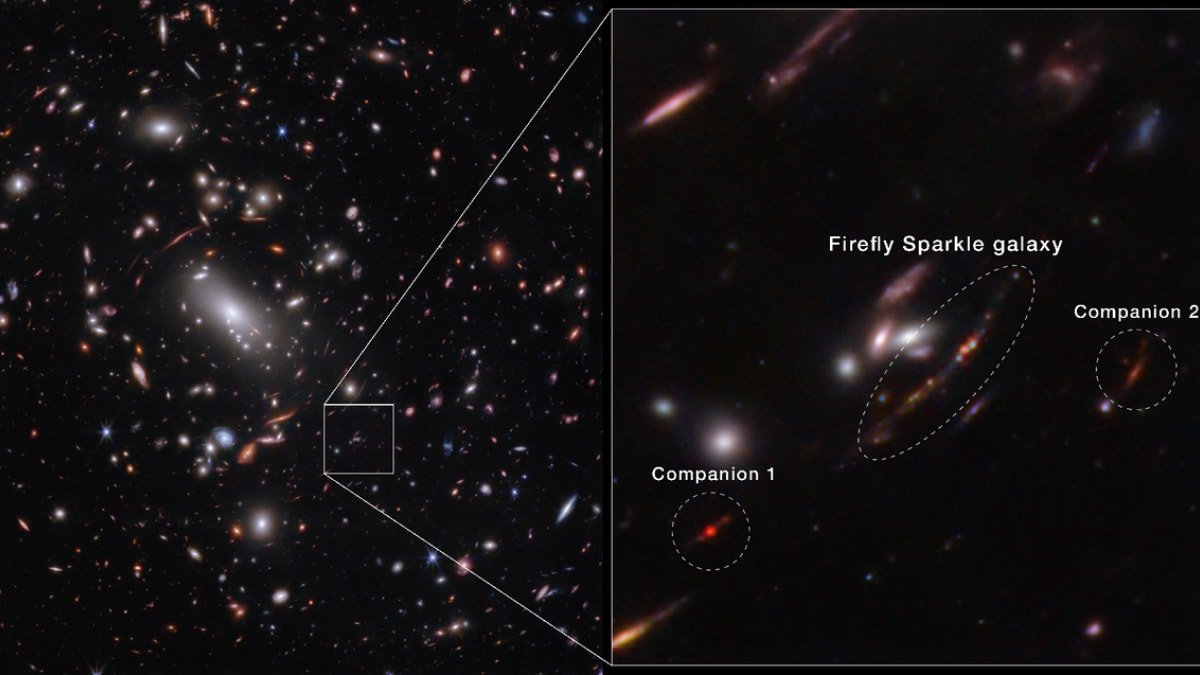Reports point out that the Firefly Sparkle galaxy is distinguished by its ten lively star clusters. These clusters had been analysed intimately by researchers, revealing staggered star formation quite than simultaneous exercise. This galaxy seems as a protracted, stretched arc in pictures as a result of gravitational
lensing attributable to a large foreground galaxy cluster.
Chris Willott, principal investigator from the Herzberg Astronomy and Astrophysics Research Centre in Canada, famous that Webb’s knowledge unveiled a wide range of star clusters throughout the galaxy. Willott was quoted saying that every clump is present process a definite part of evolution.
According to Nature, gravitational lensing considerably enhanced the visibility of Firefly Sparkle, permitting astronomers to resolve its elements. Lamiya Mowla, assistant professor at Wellesley College, emphasised the significance of this phenomenon, explaining that with out this impact, observing such particulars in an early galaxy would not have been doable.
Galactic Neighbours and Future Evolution
Two companion galaxies, located 6,500 and 42,000 light-years from Firefly Sparkle, are anticipated to affect its evolution over billions of years. As per Yoshihisa Asada, a doctoral pupil at Kyoto University, in an announcement, interactions with these galaxies might promote mass development via merging processes.
This analysis is a part of Webb’s CAnadian NIRISS Unbiased Cluster Survey (CANUCS) programme, offering unparalleled insights into the universe’s adolescence.




